Depending on where you live, tap water or well water may be contaminated with metals, bacteria, and other chemicals, so you would want to purify the water before drinking it.
In this post, we’ll go through two very common methods of water purification and their pros and cons and examine reverse osmosis vs distilled water to see which is better.
Reverse osmosis and distilled water are two different ways of purifying water at home. Both use very different principles to work, and they have slightly varied results, though not necessarily superior than the other in all aspects.
Here is the great irony, though: reverse osmosis manufacturers will tell you reverse osmosis is superior, whereas distillation manufacturers will tell you distillation is superior.
The truth is that they’re both effective and and it boils down(pun intended) to a matter of choice.
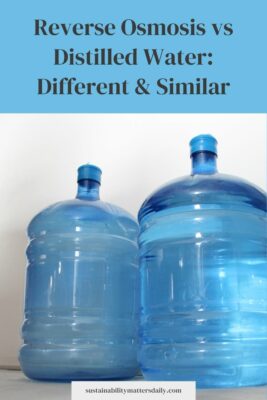
Table of Contents
- How does reverse osmosis work?
- How does distillation work?
- Does drinking mineral-depleted water affect health?
- Reverse osmosis vs distilled water for plants
- Reverse Osmosis vs distilled water for aquariums
- Conclusion
How does reverse osmosis work?
Reverse osmosis is based off a natural process called osmosis. In osmosis, water moves from an area where there is a greater concentration of water (vs other impurities) to an area where there is a lesser concentration of water (vs other impurities).
The water crosses a semi permeable membrane which lets water molecules through but not the impurities.
Osmosis naturally works when there is a lesser and greater concentration and a membrane in between. This is because of the natural movement of molecules – it always happens.
Reverse osmosis takes the principle of membranes and water molecules and turns it on its head. Now, water molecules move from an area of lower concentration of water molecules (vs impurities) to an area of higher concentration of water molecules (vs impurities) across a semi permeable membrane.
Since this is against the natural movement of water, reverse osmosis systems use pressure to force the water through the membrane.
What does reverse osmosis remove?
Reverse osmosis is quite effective. It removes most heavy metals such as copper, magnesium, and sodium. It also removes fluoride added by municipalities. Pathogens and viruses are also removed, though not always completely.
Reverse osmosis systems usually have multiple stages. Along with the reverse osmosis stage, there are usually multiple filtration stages that remove other impurities.
Most reverse osmosis systems have a sediment filter which removes large particles, and a carbon filter that removes organic compounds like pesticides. Many systems also have a remineralization stage where beneficial minerals are added back into the water. This stage is also called an alkalization stage.
The end result is relatively pure drinking water that you can get on demand, usually through a tap in under-sink or countertop reverse osmosis systems.
Reverse osmosis does generate a lot of waste water, though. Most systems waste 3 gallons of water for every gallon of water they purify.
- Supreme quality - designed, engineered, and assembled in USA to guarantee water safety & your health.
- Only technology to remove up to 99% of impurities including arsenic, chlorine, lead, fluoride, heavy metals, and 1000+ impurities. Max Total Dissolved Solids - 2000 ppm. Feed Water Pressure 40-85 psi
- WQA Certified System. Premium long-lasting filters used to treat tap water, well water. Provide unlimited clean, refreshing crisp tasting water superior to bottled water
- America's No.1 rated water filter brand with 20 years of success guaranteeing trouble free, noise-free system for long lasting, dependable, pure drinking water.
- System comes with 100% lead-free designer faucet, plus Certified JG premium grade tubing and parts to provide safe, impurity-free pure water. Pipe Size:1/4 inches
- 𝐓𝐫𝐮𝐬𝐭𝐞𝐝 𝐜𝐞𝐫𝐭𝐢𝐟𝐢𝐜𝐚𝐭𝐢𝐨𝐧𝐬: Waterdrop G3 reverse osmosis system is certified against NSF/ANSI 58 for TDS reduction and NSF/ANSI 372 certified for lead-free material. Also it has been tested and certified against NSF 42 to reduce chlorine, bad taste and odor. The tankless reverse osmosis system is also certified by the Federal Communications Commission. Besides, it meets the EU Standards and UKCA Standards for safety.
- 𝟖-𝐬𝐭𝐚𝐠𝐞 𝐟𝐢𝐥𝐭𝐫𝐚𝐭𝐢𝐨𝐧: Tested by official third-party laboratory (SGS), the reverse osmosis system can effectively reduce TDS, chromium, PFAS, radium, fluoride, arsenic salt, iron, calcium, particles, chloride, chlorine and radioactive substances in your tap water. And our RO water filter system can reduce chemicals such as vinyl chloride, ethylhexyl acrylate, isobutylene, ethylene glycol, according to the reverse osmosis membrane technical manual.
- 𝐒𝐦𝐚𝐫𝐭 𝐝𝐢𝐬𝐩𝐥𝐚𝐲 𝐟𝐚𝐮𝐜𝐞𝐭: The tankless reverse osmosis system is built with a smart display faucet. For instance, the TDS monitor tells you the quality of your filtered water, while the filter life tracker shows how soon you need to replace your filter.
- 𝐇𝐢𝐠𝐡 𝐜𝐚𝐩𝐚𝐜𝐢𝐭𝐲, 𝟐:𝟏 𝐥𝐨𝐰 𝐝𝐫𝐚𝐢𝐧 𝐫𝐚𝐭𝐢𝐨: As an upgraded reverse osmosis system, this reverse osmosis water system produces 600 gallons of filtered water per day. By its low drain ratio, this system can produce only one cup of waste water for every two cups of pure water produced. Furthermore, with a fast and stable water flow rate, this RO system fills a 8 oz cup of water in 8 seconds, which is ideal for drinking and washing vegetables.
- 𝐓𝐚𝐧𝐤𝐥𝐞𝐬𝐬 𝐝𝐞𝐬𝐢𝐠𝐧: Waterdrop G3 reverse osmosis system has a stylish look. This tankless design saves 70% under sink space. You can change a filter in 3 seconds without moving the system or using any tools. Note: This reverse osmosis system requires under-sink electricity.
- COUNTERTOP FILTRATION + PREMIUM-QUALITY CARAFE: No plumbing or installation is required for this RO system. Simply plug this portable piece of tech into any power source and you're ready to fill it up and go! Better yet, the water container is constructed of high borosilicate glass carafe instead of the traditional plastic, reducing the risk of secondary pollution and making this one of the best countertop water filter systems.
- POWER SAVING/WATER SAVING: Water system automatically enters power-saving standby mode when not in use to reduce power consumption. Leftover water from a cycle isn't deemed wastewater so more water is saved to use for various household purposes.
- 4-STAGE FILTRATION: 4 levels of filtration are utilized to ensure the purest water possible. 99.9% of all possible contaminants are filtered out so you can confidently drink your own tap water.
- FILTER LIFE MONITOR: The countertop water filters last for a long time between 12-24 months to provide 1-2 years of clean drinking water before needing replacement. Filters are also designed to help save water with an impressive 2:1 Pure to Drain ratio. Monitor display shows the service life of filters and water quality so you can easily keep track of filter replacement and periodically switch out filter tubes.
- TECHNICAL SUPPORT/WARRANTY: 1-year warranty can be found in the manual or Bluevua official website. Simply scan the QR code and fill out the purchase information for 1-year manufacturer warranty registration. In addition, online customer service is also available for help. We stand behind our products and our company. If for any reason you are not completely satisfied with your Bluevua products, we offer a 30-day full refund and a 1-year warranty on all our products.
How does distillation work?
Distillation is a chemical process that tries to mimic the natural water cycle on planet Earth. On Earth, solar radiation causes water from oceans, lakes, and other water bodies to evaporate. The water evaporates, rises, condenses in the cooler upper regions of the atmosphere, and falls again as rain.
You can think of distillation as a little boiler. As the water boils, it turns into water vapor, rises up, condenses again into a condensation chamber and then goes to your water supply.
When you boil the water, the contaminants don’t turn into gas – only the water molecules do, so whatever goes into the condensation chamber is very pure drinking water.
One disadvantage of distillation is that you can’t get water on demand. You’d have to have a tank full of distilled water which you can pour drinking water from. Since this is a process, it has to take its time to complete.
Reverse osmosis can push water across the membrane on demand.
What does distillation remove
Distillation removes slightly more impurities than reverse osmosis, though not necessarily significantly more. One difference between the two, however, is that distillation is not very effective at removing chemicals that have a low boiling point.
By lower boiling points, we mean close to 100 degrees Celcius. Such chemicals will also evaporate with the water and condense again. There are not many such chemicals, though chloramines, which are added by many municipalities, are one example.
Chloramines in themselves are not harmful, but some people may choose to remove them from the water before consumption.
On the flip side, an advantage of distillation vs reverse osmosis is that you won’t have to boil distilled water since it is already boiled.
The pH of distilled water is pretty close to 7. Once it exits the distillation process, though, water will inevitably absorb some carbon dioxide from the atmosphere which will lower the pH to around 6.0.
Generally speaking, you can expect the following to be removed with distillation and reverse osmosis:
- Bacteria
- Parasites
- Viruses
- Organic chemicals
- Inorganic chemicals
- Heavy metals
- Volatile gases
- Other contaminants
- 【Efficient Water Purification】 Power Level: 750W; Volume: 4L/1.1 Gallon. This Water Distiller Can Distill 6 Gal/22.7 L Per Day To Remove Dissolved Solids, Vocs, And Almost All Other Impurities, Offering You The Purest Water
- 【Health And Security】We are confident guarantee with CE & FDA certification. 304 stainless steel body(inner tank, cap, water outlet, and inlet). BPA plastic-free containers, and any parts in contact with liquid, meet food hygiene standards
- 【Easy To Use & Maintain】The distilled water machine can be started to produce pure water by simply pressing a button, also designed with auto-shutdown function. When the temperature exceeds 239℉/115℃, our stiller will auto-shutdown to avoid damage
- 【Fast Heat Dissipation】Our countertop water distiller upgraded to aluminum fan blades, More Durable and improve heat dissipation. The exhaust cap is also upgraded from plastic to 304 stainless steel, ensuring premuim quality
- 【Home & Commerical Use】VEOVR upgraded home water distiller provides free carbon packs and citric acid for cleaning sediment and limescale. ideal for distilling water, alcohol, and so on. Perfect for labs, hospitals, dental clinics, offices, home use
- 【Easy to Use】Upgraded with ON/OFF switch button, when plugged in, just push the button and forget it, it'll auto-off when done. When you need the second distillation, just press the reset button (on the front) to start the second round. Installation is easy and so is clean-up. Both distiller and container have large openings for easy access and cleaning. NOTE: Press OFF and unplug the power cord when not in use
- 【Super Quality】 Body upgraded with flame-retardant material. 100% 304 stainless steel Inner tank / Inner cap / Water outlet / Water inlet, Aluminum fan, Soft Catheter, 4L Plastic Container with handle. All materials are food-grade, ensuring long-lasting use. NOTE: It is recommended to clean the water tank after being used twice
- 【Efficient Water Distiller】 Featured with 750W high power, this distilled water machine can water up to 1L per hour, and take about 4 hours to finish one round of water distillation. Build-in thermostat to avoid overheating and ensure auto-off. Save more money than buying water at the store
- 【Widely Applications】 The water distiller is ideal for home and commercial use. It can be widely used in dental products, humidifiers, engine cooling systems, distill wine, evaporators and so on. Low noise so you can run the machine overnight. Portable design makes it easy for you to carry while on vacation. Suit for home, office, labs, hospitals etc.
- 【1-Year Watrranty】 We provide the 1-Year warranty for our distiller, if you encounter any product after-sales problems, please don't hesitate to contact us at any time. Comes with a water outlet soft catheter, 3 charcoal sachets (1 has been put into the machine) and a bottle of cleaning powder
- YOUR SAFETY COMES FIRST: This Megahome distiller is UL (Underwriters Laboratory) approved. UL is the trusted independent global safety science company for US products, and determines product compliance with stringent safety standards. PLEASE NOTE: For fire safety, many home insurance policies require that electrical products installed in the home be UL certified. Megahome distillers are one of the only UL approved water distillers available.
- BEST QUALITY: Full 304 stainless steel interior and exterior, including the boil chamber, upper steam dome, and stainless condensing coils. Water does not touch plastic.
- PUREST WATER: Distills 1 gallon every 5.5 hours. Distills the water at 212 degrees Fahrenheit which is the proper temperature for removing unwanted toxins and contaminants. It also includes 6 (optional use) high quality activated charcoal filters. The optional filters are used when VOCs like chlorine or other toxins that can form into a vapor are present. The filters capture and remove these toxins during the distillation process.
- GLASS COLLECTION: This distiller includes a durable and easy to use porcelain lined nozzle, and a glass collection bottle. This ensures the purest and safest distilled water for all of your needs.
- BEST SERVICE INCLUDED: Every Megahome distiller is backed by a 1 year warranty. The service and support is what you would expect from a top quality appliance and company. No need to worry about warranty, customer service, or parts, Megahome distillers have been on the market for over 22 years and are the top selling distiller in the world.
Does drinking mineral-depleted water affect health?
There is a common misconception amongst some folks that drinking water that contains magnesium and calcium contributes to your daily mineral intake, and some people go as far to think that drinking mineral depleted water can suck or leech the minerals out of your body.
This is biologically not possible. The only way minerals could get sucked out is if there was greater osmotic pressure pressure inside the cells in your body than outside. For this to happen, the cells would have to be submerged in purer water than the water inside the cells.
However, once you drink water, it no longer remains “pure”, so to speak – it immediately mixes up with the rest of your stomach’s contents and even as it passes through your body, there is no point where water is “pure water” – it’s always mixed with something else.
As a result, there will be no occasion where the osmotic pressure on the inside of your cells will be so great on the inside of your cells that it will push everything outside.
Finally, your body does not rely on mineral water for magnesium and calcium. Sure, there have been studies that show that magnesium and calcium are indeed minerals your body?can absorb from mineral water, but that doesn’t mean that magnesium and calcium come?only from mineral water.
You should focus on eating a balanced diet containing lots of vegetables and fruits to make sure you’re getting all the minerals you need.
Reverse osmosis vs distilled water for plants
Instead of asking whether reverse osmosis or distilled water is better for plants, it’s better to ask whether hard water is better or reverse osmosis or distilled water!
Hard water contains magnesium and calcium salts – this causes the water to be slightly alkaline. In case your plants prefer acidic conditions, you may wish to use RO or distilled water instead, since the pH of RO water and distilled water is much closer to 7.0.
With neutral water, you can then control the pH by adding as much acid or base as you need.
The same goes if you have a wide diversity of plants. By using reverse osmosis or distilled water, it’s like getting rainwater from your tap!
If you’re growing hydroponically, then distilled or reverse osmosis water is a huge plus, since the roots are directly in contact with the water at all times. However, be sure to add some extra calcium or magnesium to supplement the bits you lose.
In this case, it’s a pros vs cons analysis. The con is you’re losing magnesium and calcium(that plants do require), but the pro is that you’re removing all other contaminants. You can simply add back whatever calcium and magnesium that you need.
Reverse Osmosis vs distilled water for aquariums
The question of reverse osmosis vs distilled water for aquariums is quite similar to the question of reverse osmosis vs distilled water in gardening.
A slight difference in conditions can be devastating for your tank inhabitants so you have to be very careful with what you put in.
The natural habitat for most fish is NOT pure distilled water. Most water contains minerals and other particles, so if you put your fish in 100% pure distilled water(or even pure RO water), the salts in their blood will diffuse out into the water and you’ll have a lot of dead fish on your hands.
High quality tap water can be used as-is, as long as you know what’s in it and you’ve sufficiently tested it. You’ll need to make sure there is no chlorine, as that is unsuitable for life.
If however you don’t have access to good tap water or you wish to be in complete control of exactly what is going in the water, then you can indeed use a distiller or RO system to get your initial water, and then add salts and other chemicals as you need.
Related
Conclusion
As you can see, both reverse osmosis and distillation have distinct advantages and disadvantages. Reverse osmosis is very effective at removing impurities and producing good quality drinking water, but it wastes a lot of water in the process.
Distillation is also quite effective at removing many impurities, but it misses out on chloramines as their boiling point is very close to that of water. Additionally, a home distillation system requires power to run, whereas reverse osmosis systems run on water pressure alone.
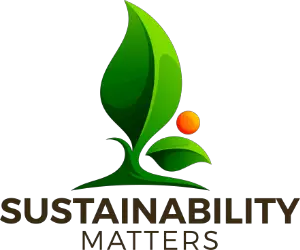
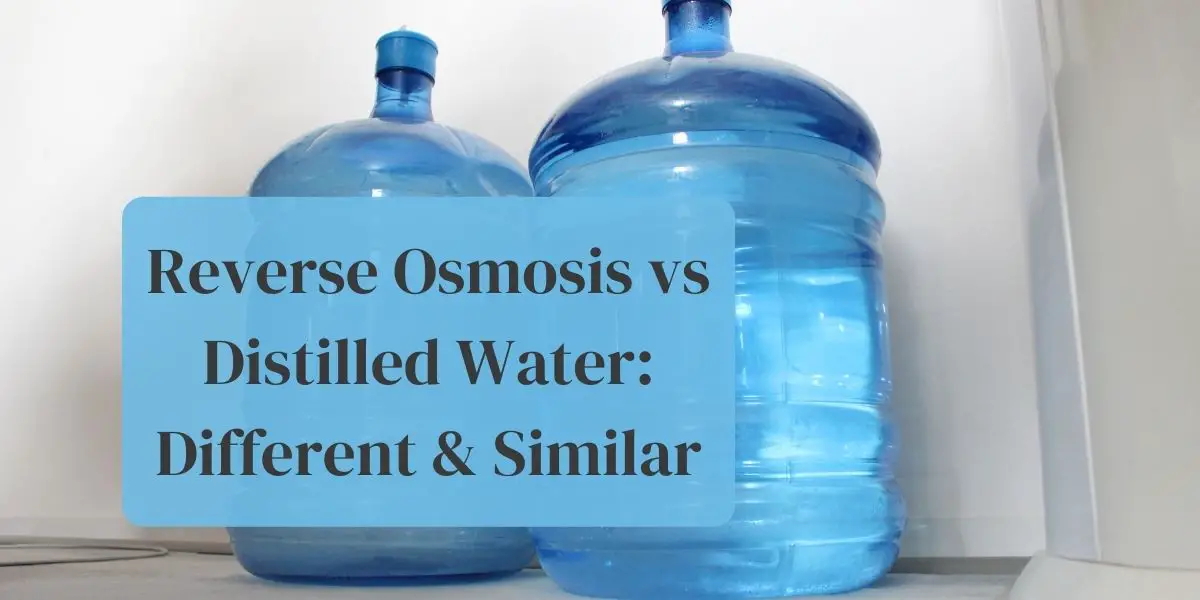







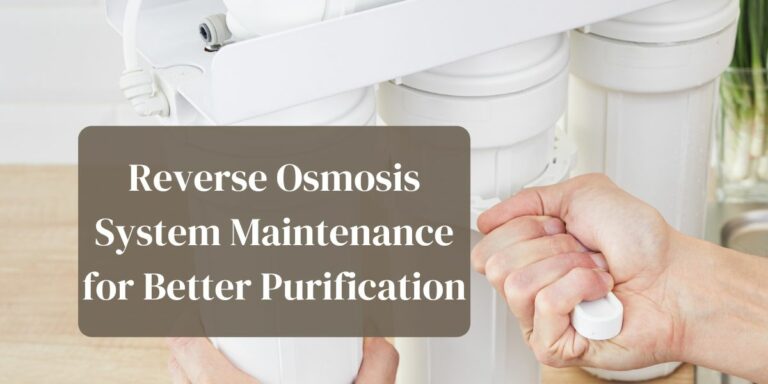
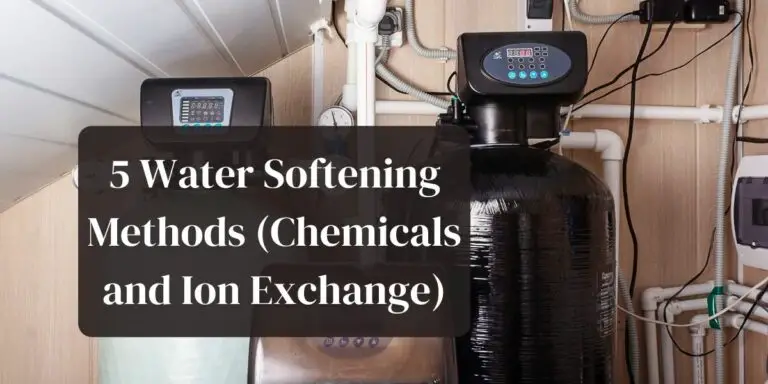
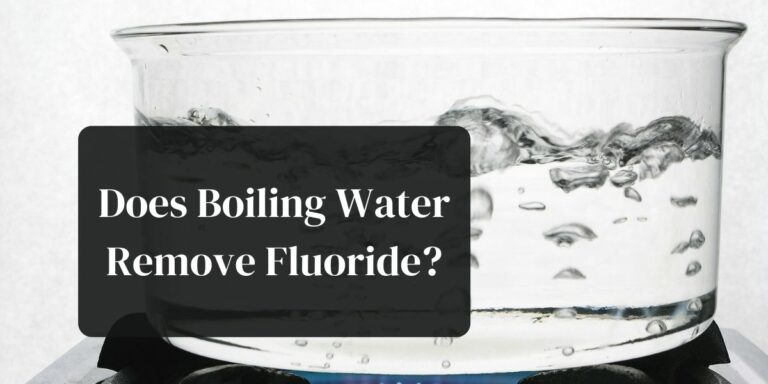
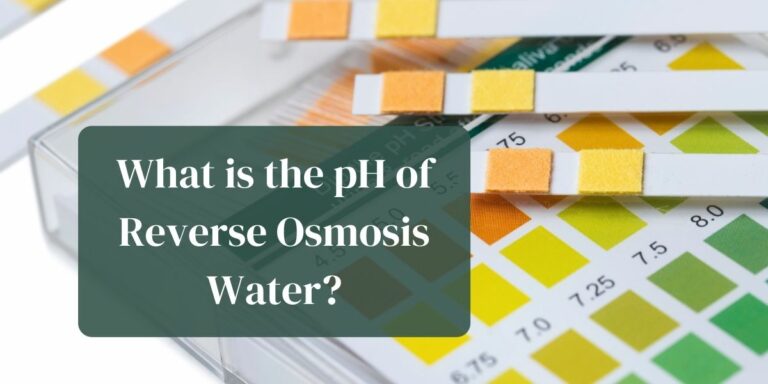
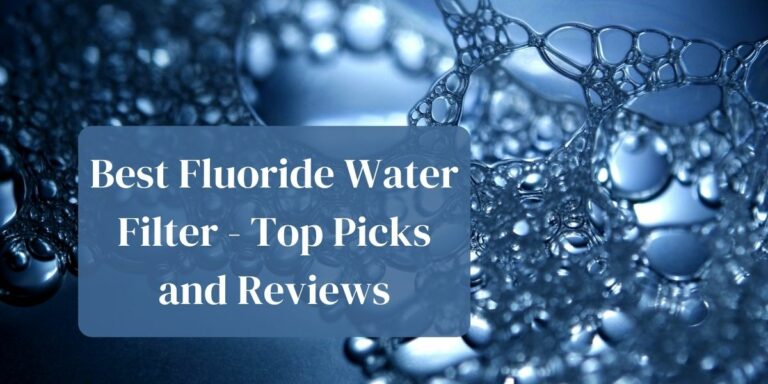

What about sustainability of the one versus the other?!?
Reverse osmosis uses plastic filters and wastes water, distillation uses electricity so which one is more environment friendly? What about buying distilled water in bulk?
Thank you for writing this article but I want to ask what kind of water would be better for my health?